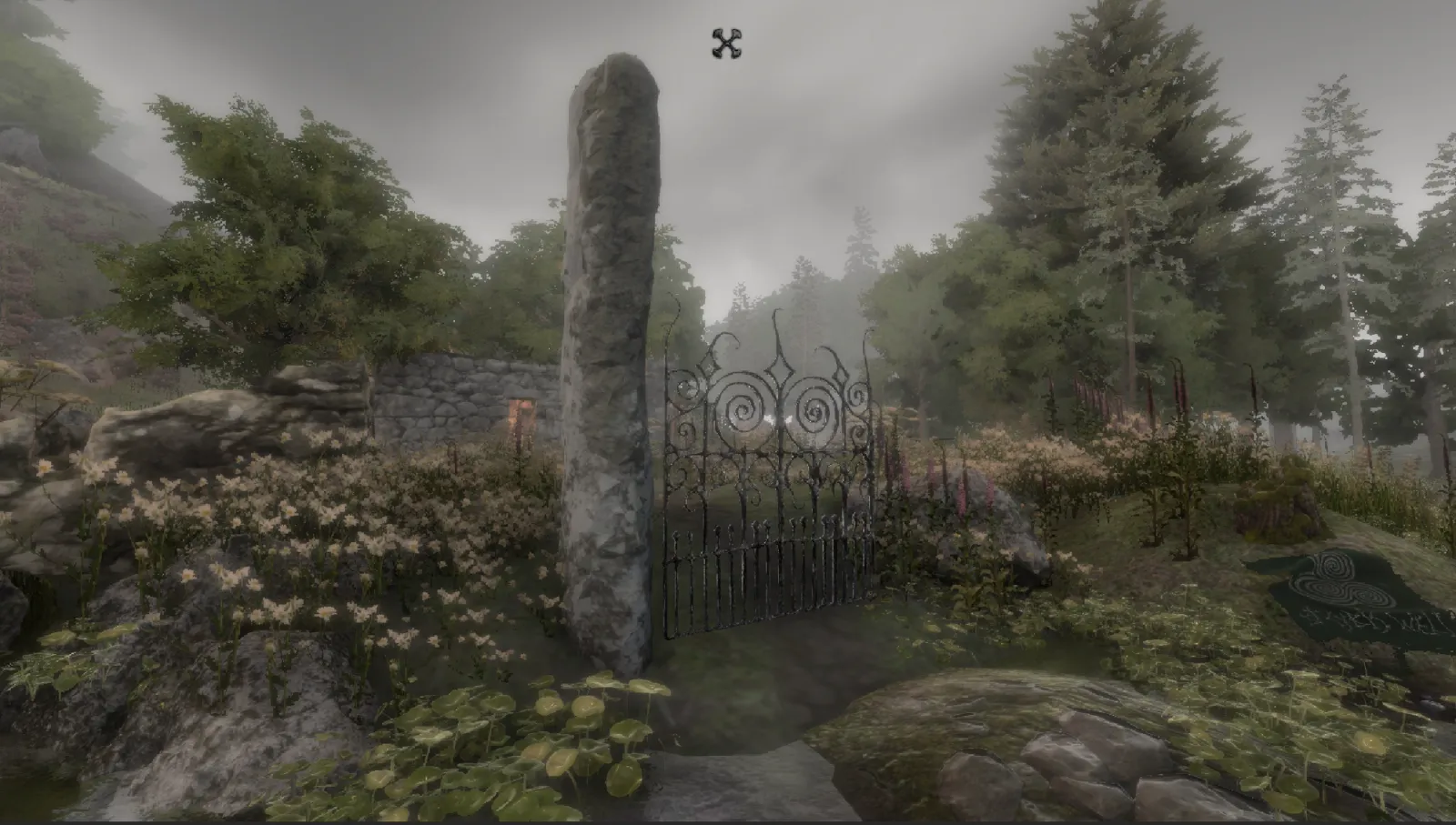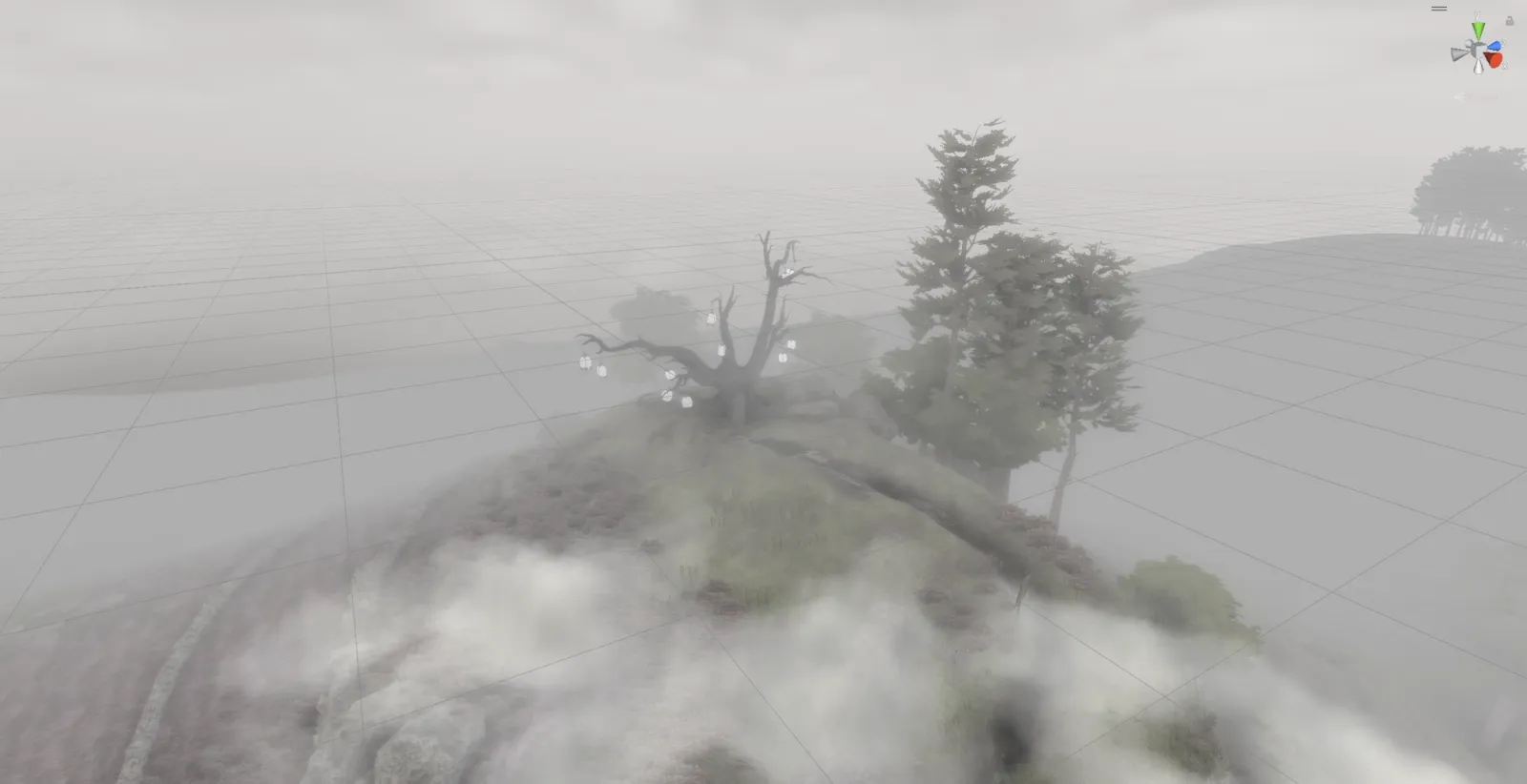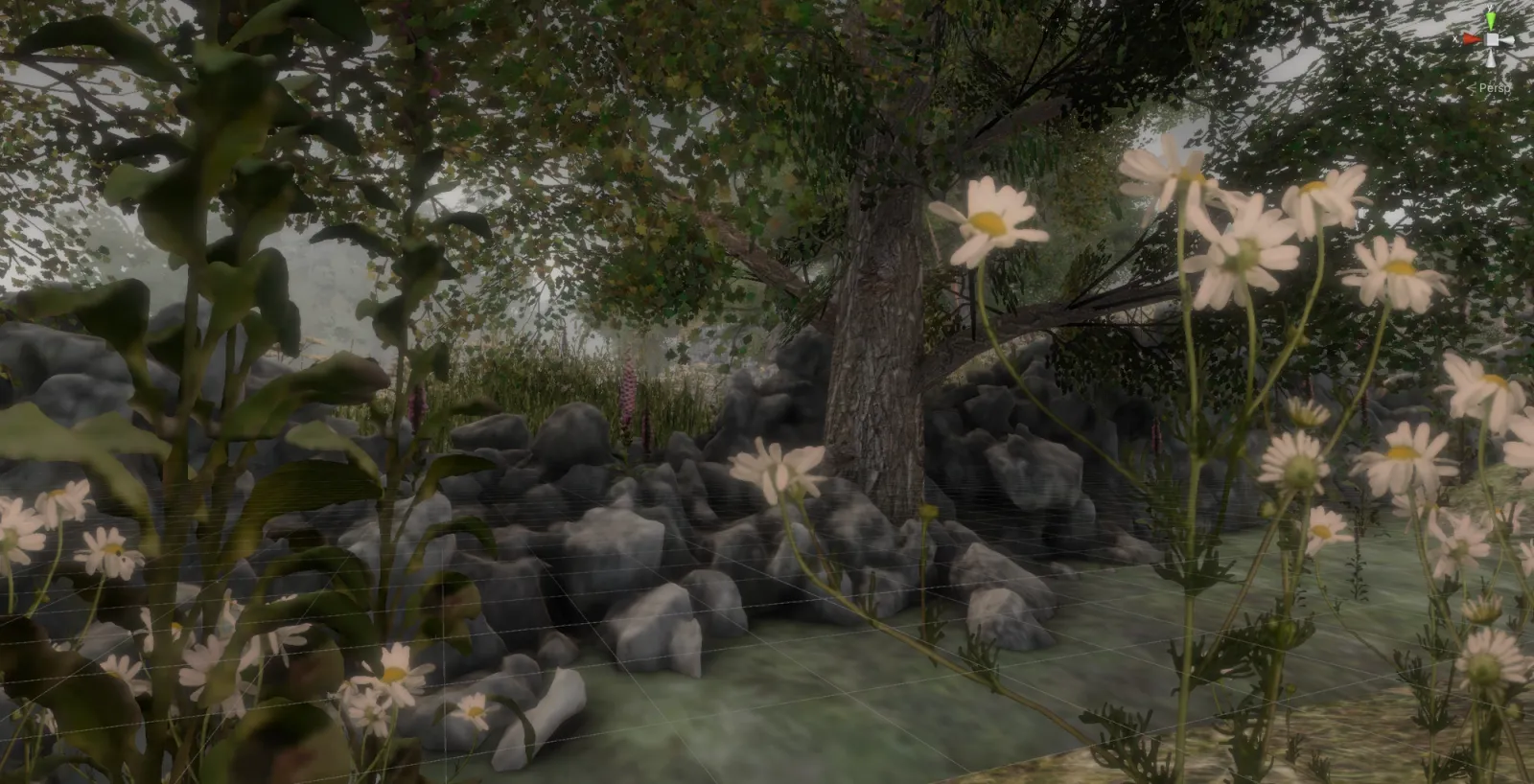

Since the days before Christianity arrived on the shores of Britain, people have been making pilgrimages to sacred sites — a practice embodied by the North Wales Pilgrims Way.

Centuries ago, pilgrims in their thousands were finding their way to Bardsey Island, drawn there by stories of the special peace to be found at the edge of the western world, to the place of the setting sun, with only the vast ocean between them and the unknown. They would visit and rest at important sites along their way, including ancient churches, abbeys, and holy wells. The pilgrimage and its numerous rest places are now shrouded in mystery, ruin and neglect, and serve as an insight into a past where people's lives were entwined with a sense of the beauty and wonder of nature and faith.

The silence of these sites still rings with a strange vitality. For me, the practice of pilgrimage holds a fascination not as a rigid religious ritual, but as a way of walking with intention, of re-weaving a connection to landscape, nature, and the sacred. In a culture that often treats the outdoors as a space to be conquered, mountains to be climbed and miles to be counted, pilgrimage offers a gentler means of attention. It is less about reaching the highest peak and more about moving slowly, noticing deeply, and allowing meaning to gather around us as we go. It invites us to think of a walk as a meditation.

Still in its early stages, ‘Ffynnon Gybi’ serves as part game, part research project, seeking to re-enchant and revive this ancient practice of pilgrimage and the reverence of Britain's holy wells. Users will explore and interact with enchanted digital interpretations of sacred sites and landscapes, linking their journey to the setting sun, including the shrine and including the shrine and Holy Well of St. Winefride, St. Cybi’s Well, the Hillfort of Carn Pentyrch, and the Holy Island of Bardsey. Various ancient practices and traditions are referenced along the journey: plant magic, votive offerings, and ritual are essential mechanics to the progression of the quest.

Unlike a traditional video game, Ffynnon Gybi is not about challenge or competition. It is about presence and participation. Users are encouraged to interact with elements within the world, to seek out relics, make votive offerings, and learn from fragments of local folklore and plant magic woven into the fabric of the environment. In doing so, they become digital pilgrims, opening portals and tracing paths through a world that blurs the boundary between the virtual and the sacred.

The concept of a digital realm plays an important part in the project and also my wider work as a digital artist. Digital space is often seen as something separate from the natural world, a synthetic layer imposed over reality. But I am interested in how it might instead become a site of re-enchantment, a place where technology can deepen our connection to nature by highlighting what makes it so special. The screen becomes not a barrier but a threshold: a portal through which we might re-enter a dialogue with the more-than-human world.

Enchantment is a way of seeing, one that recognises agency and vitality in what might otherwise seem inert. And re-enchantment may be a means of healing our relationship with the natural and the landscapes that we inhabit. The holy wells and springs that punctuate the Welsh landscape were once revered as living presences: places where the earth itself offered healing, wisdom, or blessing. This reverence long predates Christianity, yet it was absorbed and transformed by it, just as myths and stories layer over one another in a kind of cultural sediment. In Ffynnon Gybi, I hope to echo that layering, allowing pagan and Christian, historical and digital, mythic and material to co-exist and speak to one another.

The work’s namesake, St. Cybi, was a 5th-century Cornish saint, who himself went on pilgrimage to Jerusalem during the early years of his adult life. He later settled in North Wales, where he founded many churches, monasteries, and the well of St. Cybi – whose waters have long been believed to have healing qualities. The ancient reverence of the holy well pre-dates Christianity and the true origins of the well remain unknown. A digital representation of St. Cybi’s well and its surrounding area features as the main area of the piece.

The work is being built and developed by Nicholas Delap, a digital artist based in the north of England, whose practice utilises a combination of coding, photogrammetry, 3D modelling, and storytelling to attempt to weave a re-wilding of the mind. Within his work he crafts immersive virtual environments, sculptures, and augmented reality installations that blur the line between the human and the natural world. His artworks invite viewers into a dialogue with environmentalism, spirituality, and mythology, challenging anthropocentric perspectives, and celebrating the personhood of the wilderness.

Delap has participated in several prominent artist residencies, including SPUR and the Rupert AEP Programme in Lithuania. His work has been exhibited in galleries and museums across the UK, Europe, and the Americas. He also works as a designer and has worked for musicians and brands such as Ashnikko, Bring me the Horizon, Crocs, Burberry and Parklife Festival.

You can follow the progress of ‘Ffynnon Gybi’ on the artists Instagram page - www.instagram.com/ndelap








